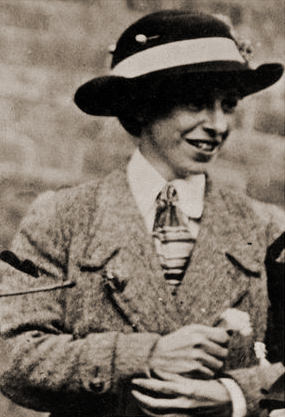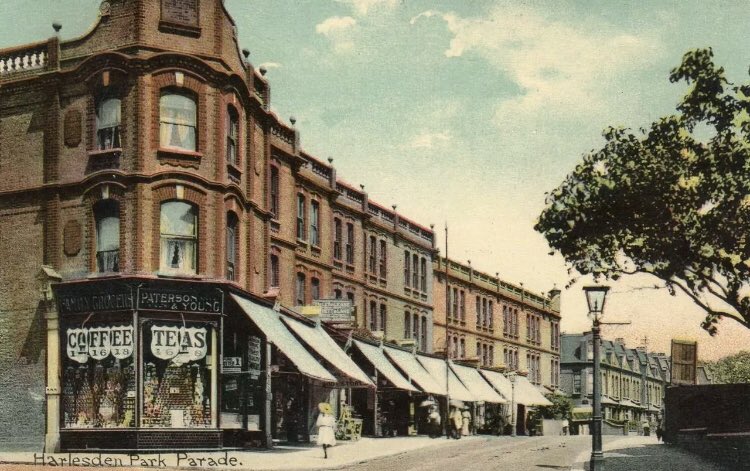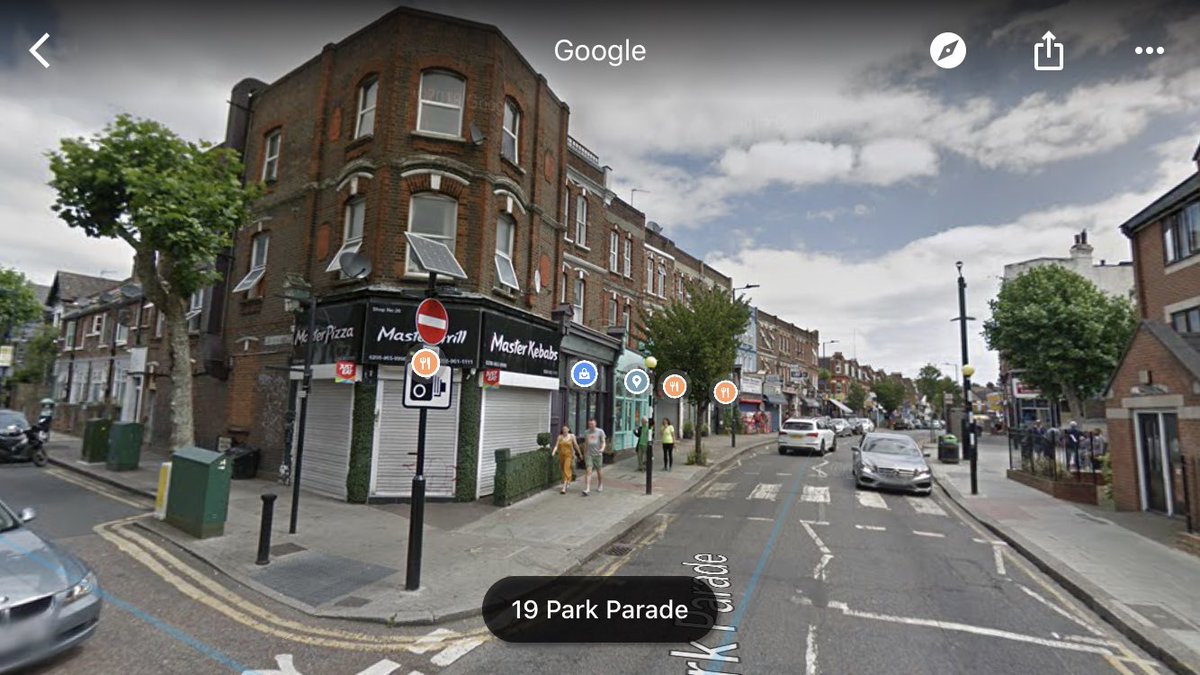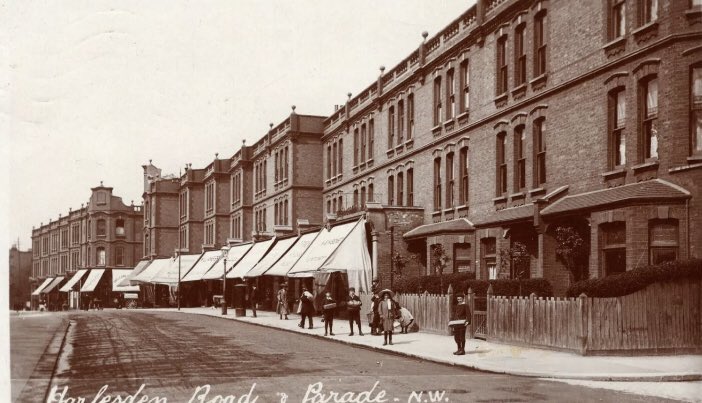
How to get URL link on X (Twitter) App



 This is what King Street looked like on a map in 1839. It’s roughly 1 and a half miles long, and used to have several posting-houses, as it was the road to Windsor. These were houses or inns where horses were kept and could be rented or changed out.
This is what King Street looked like on a map in 1839. It’s roughly 1 and a half miles long, and used to have several posting-houses, as it was the road to Windsor. These were houses or inns where horses were kept and could be rented or changed out. 


 Their old way of life was becoming unsustainable. They experimented with Katzenjungen but after close observation decided that boys were not capable of displaying the same level of feline devotion as their female counterparts.
Their old way of life was becoming unsustainable. They experimented with Katzenjungen but after close observation decided that boys were not capable of displaying the same level of feline devotion as their female counterparts. 

 Edward first observes the hands of a labourer, with a rolling gait and a firm dogged fist - as if to say ‘just you keep out of my path’. Edward did and carried on with his hand quest (a thread)
Edward first observes the hands of a labourer, with a rolling gait and a firm dogged fist - as if to say ‘just you keep out of my path’. Edward did and carried on with his hand quest (a thread) 

https://twitter.com/XRebellionUK/status/1584491767662989312

 May 23rd 1914, suffragette Annie Wheeler entered the Egyptian Room at The British Museum, took out a small axe to attack a glass mummy case. The museum announced women would only be admitted to the galleries by ticket with a 'satisfactory recommendation'. She was imprisoned.
May 23rd 1914, suffragette Annie Wheeler entered the Egyptian Room at The British Museum, took out a small axe to attack a glass mummy case. The museum announced women would only be admitted to the galleries by ticket with a 'satisfactory recommendation'. She was imprisoned. 

 In the fourth week of the second world war, 1939, over 100,000 people had queued at the Passport Office in London to apply for a permit to leave the country.
In the fourth week of the second world war, 1939, over 100,000 people had queued at the Passport Office in London to apply for a permit to leave the country. 
https://twitter.com/cbezzant/status/1481927966837940226@DrAmirKhanGP please RT




 In Germany the hatching woman was normally less erotic and more upright - more like a serving hatch or kiosk. ‘Frohe Ostern! kann ich Ihnen helfen?’
In Germany the hatching woman was normally less erotic and more upright - more like a serving hatch or kiosk. ‘Frohe Ostern! kann ich Ihnen helfen?’ 



 To breathe life back into local high streets, councils must place a higher value on how they look, how they invite us to walk, linger and spend money. Art critic Ruskin talked about the ‘bounding line’, the continuation of an edge that the eye follows on the entire structure.
To breathe life back into local high streets, councils must place a higher value on how they look, how they invite us to walk, linger and spend money. Art critic Ruskin talked about the ‘bounding line’, the continuation of an edge that the eye follows on the entire structure. 

 These White City attractions structures were made from white washed fibrous plaster. Specialist builders draped lengths of plaster-soaked cloth over wire, wood and metal frames. These pictures show that process in Shepherds Bush in 1908.
These White City attractions structures were made from white washed fibrous plaster. Specialist builders draped lengths of plaster-soaked cloth over wire, wood and metal frames. These pictures show that process in Shepherds Bush in 1908. 
